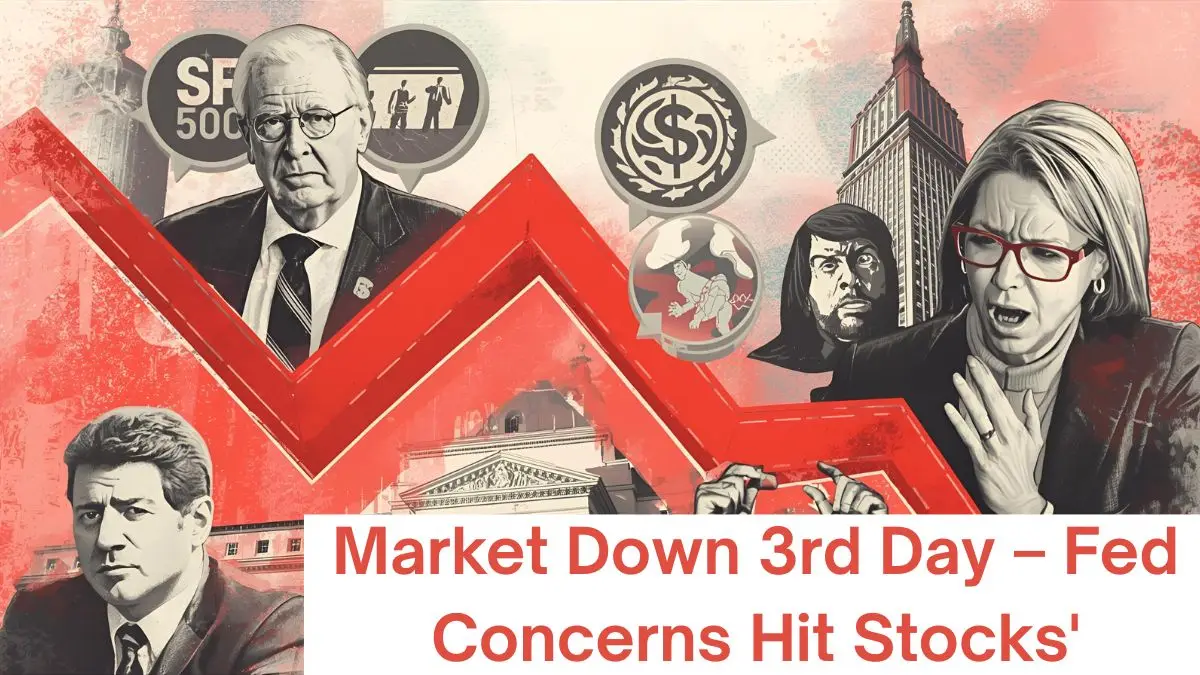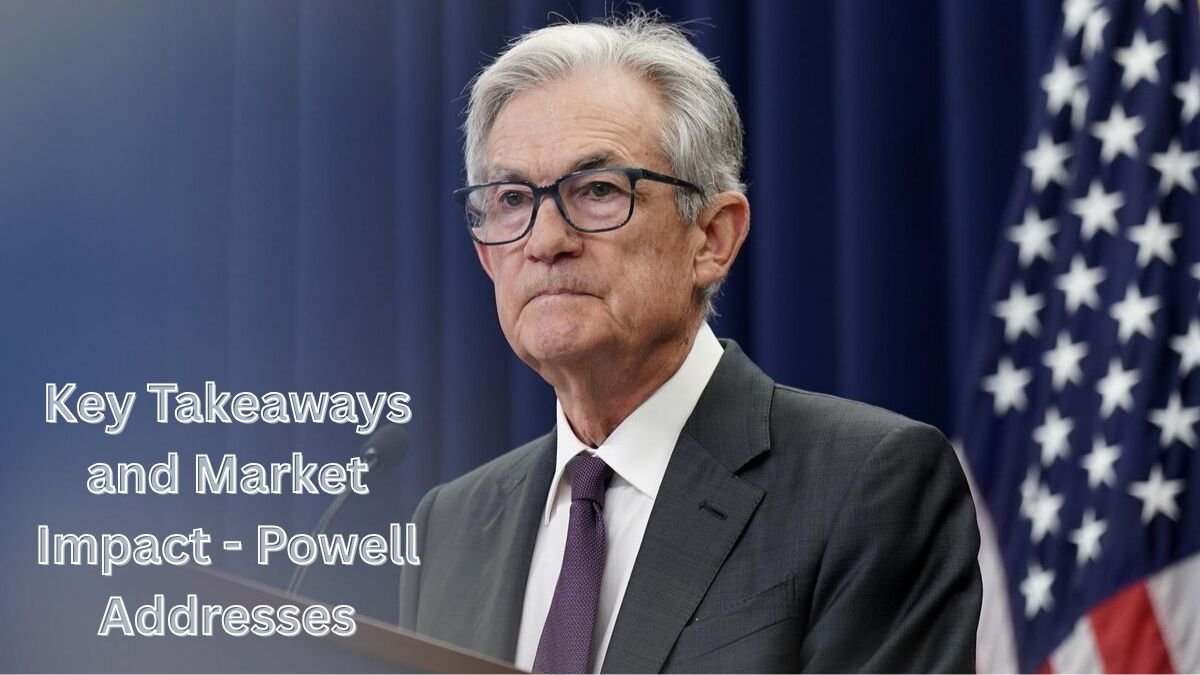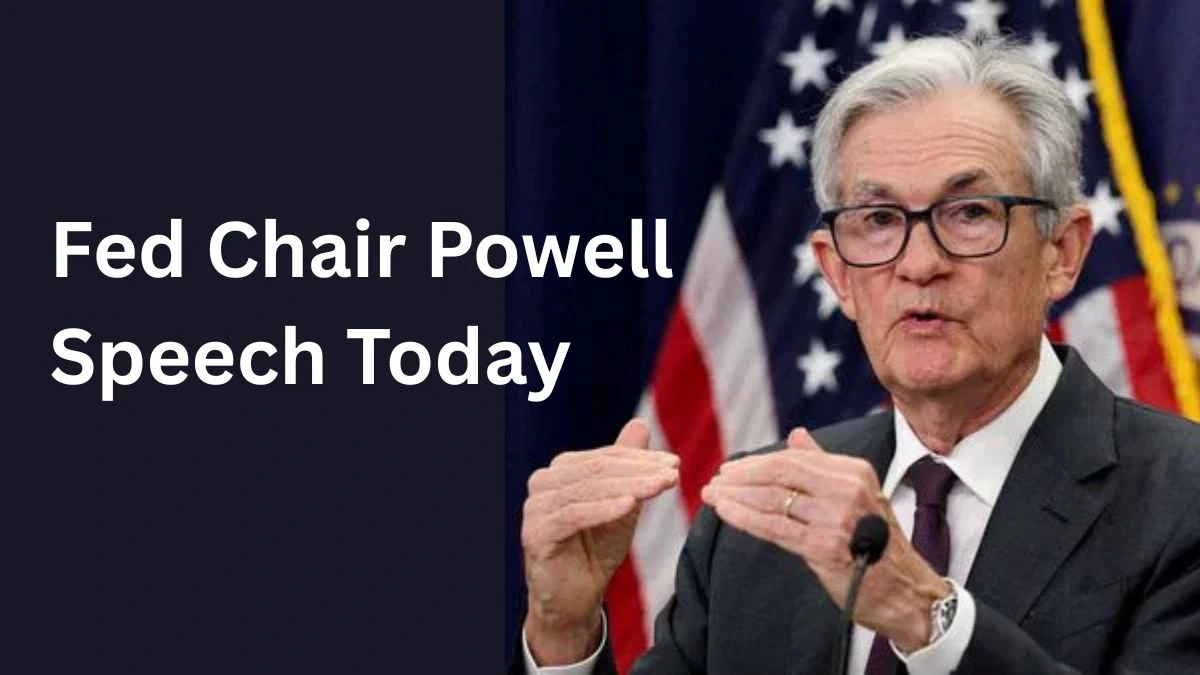The global stablecoin market has officially crossed the $300 billion threshold, marking a watershed moment for digital currencies pegged to traditional assets. This historic achievement comes as Ethereum strengthens its position as the dominant blockchain for stablecoin infrastructure, adding a remarkable $17 billion in August alone.
Ethereum Emerges as Clear Market Leader
Ethereum has decisively outpaced all competing blockchains in stablecoin expansion, capturing a 13% supply increase in August that exceeded the combined growth of all other networks. The platform now hosts $165 billion in stablecoin reserves, cementing its role as the backbone of digital dollar infrastructure.
This dominance reflects Ethereum’s robust smart contract capabilities and established ecosystem of decentralized finance protocols. While competitors like Tron experienced a 1.3% decline in stablecoin supply during the same period, Ethereum continued its upward trajectory, benefiting from strategic shifts by major exchanges like Binance.
Read also: Bitcoin Poised for New All-Time Highs as Technical Breakthrough Signals Major Momentum Shift
Circle’s USDC Drives Institutional Growth
Circle’s USD Coin emerged as August’s standout performer, adding $9.4 billion to its supply and increasing its decentralized finance market share from 55% to 58%. This explosive growth followed Circle’s successful $1.2 billion IPO in June 2025, which significantly raised the company’s profile among institutional investors.
The stablecoin issuer reported impressive financial results for Q2 2025, with $658 million in revenue representing a 53% year-over-year increase. USDC circulation reached $61.3 billion at quarter-end, marking 90% growth compared to the previous year. Circle’s CFO Jeremy Fox-Geen noted substantial institutional interest following both the IPO and passage of regulatory legislation.
Tether Maintains Market Leadership Despite Challenges
Despite Circle’s strong performance, Tether continues to dominate the stablecoin landscape with USDT commanding approximately $169 billion in market capitalization, representing 57% of the total market. The company recently announced plans to launch USAT, a U.S.-regulated stablecoin designed specifically for American users under the new federal framework.
Former White House official Bo Hines will lead this initiative as CEO of Tether USA, with the token expected to launch by year-end pending regulatory approval. USAT will be issued by federally chartered Anchorage Digital Bank, with Cantor Fitzgerald serving as custodian, ensuring full compliance with the GENIUS Act requirements.
Record-Breaking Retail Adoption Across Emerging Markets
The stablecoin ecosystem experienced unprecedented retail adoption in 2025, with transactions under $250 reaching a record $5.84 billion in August alone. This surge represents the highest consumer-level activity ever recorded, with 2025 already surpassing the entire previous year’s volume despite having four months remaining.
A comprehensive survey of over 2,600 consumers across Nigeria, India, Bangladesh, Pakistan, and Indonesia revealed the driving forces behind this adoption. Nearly 70% of respondents reported increased stablecoin usage compared to the previous year, primarily to avoid high banking fees and slow traditional transfer systems. More than three-quarters expect their usage to continue rising.
In Nigeria alone, stablecoin transactions reached $21.8 billion in 2024, while South Africa processed $13.5 billion, heavily driven by import/export businesses. Kenya recorded $3.3 billion in transactions, demonstrating natural synergy with the continent’s world-class mobile money infrastructure.
GENIUS Act Provides Regulatory Foundation
The passage of the GENIUS Act on July 18, 2025, provided crucial regulatory clarity for the U.S. stablecoin market. Signed by President Trump, this landmark legislation establishes the first comprehensive federal framework for stablecoin issuers, requiring 100% reserve backing with liquid assets and monthly public disclosure of reserve composition.
The law mandates that stablecoins be backed by U.S. dollars or short-term Treasury securities, positioning them as demand generators for U.S. government debt. This regulatory milestone has encouraged institutional participation and legitimized stablecoins as essential payment infrastructure.
Industry analysts project continued expansion, with Coinbase forecasting stablecoin supply could surpass $1 trillion by 2028. Keyrock and Bitso experts share similar projections but anticipate this milestone arriving by 2030, when stablecoins may represent 12% of global cross-border payments.
Data Discrepancies Highlight Tracking Challenges
Despite reaching the $300 billion milestone on CoinMarketCap, measurement discrepancies across platforms highlight ongoing challenges in tracking the rapidly evolving sector. CoinGecko reported $291 billion while DefiLlama showed $289 billion, reflecting different methodologies and asset classifications across data providers.
These variations stem from differences in how platforms calculate market capitalization and coverage. CoinMarketCap tracks approximately 150 stablecoins while CoinGecko and DefiLlama report data for roughly 300 stablecoins each. CMC excludes assets like Tether Gold (XAUT) worth $1.3 billion and the new Sky (USDS) contract valued at $8.1 billion, creating significant discrepancies.
Future Market Trajectory
As regulatory frameworks solidify and institutional adoption accelerates, stablecoins appear positioned to become fundamental infrastructure for global digital payments and cross-border transactions. The sector’s growth trajectory, supported by both regulatory clarity and technological innovation, suggests continued expansion throughout 2025 and beyond.
The combination of Ethereum’s technical dominance, regulatory compliance through the GENIUS Act, and surging retail adoption in emerging markets creates a robust foundation for sustained growth in the stablecoin ecosystem. With major financial institutions increasingly embracing digital dollars and governments providing clearer regulatory pathways, the $300 billion milestone represents just the beginning of stablecoins’ integration into the global financial system.






